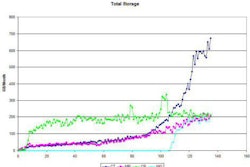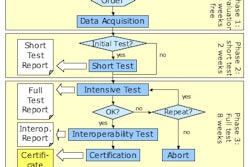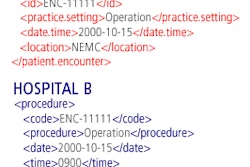Dear AuntMinnie Member,
Healthcare's growing reliance on information technology carries with it a major downside -- the increasingly disruptive nature of system downtime. Our highly interconnected world of free-flowing data can suddenly become the digital equivalent of a sensory deprivation tank in the event of a system crash.
This week in our Healthcare IT Digital Community, we offer the example of a healthcare system that sought to maximize the benefits of healthcare IT while minimizing the potential impact of downtime. Staff writer Wayne Forrest describes how LifeBridge Health of Baltimore started somewhat modestly -- their goal was achieving 99.6% uptime -- but put in place the infrastructure and procedures for future improvement. Get the details on their experiences by clicking here.
In a second article in the community, we address the politically charged issue of voice recognition. Radiologists seem to either love it or hate it, but if you're thinking of adopting the technology you might want to read our new white paper on how to make VR implementation go as smoothly as possible. The story, written from a user's perspective, is available by clicking here.
Finally, if you missed our breaking news alert yesterday on reimbursement changes for mammography computer-aided detection (CAD), we invite you to visit our Advanced Visualization Digital Community posthaste. An Oregon health insurer has said it will no longer pay for CAD for any application, a move that is already reverberating throughout the imaging community. Find out why by clicking here.



















